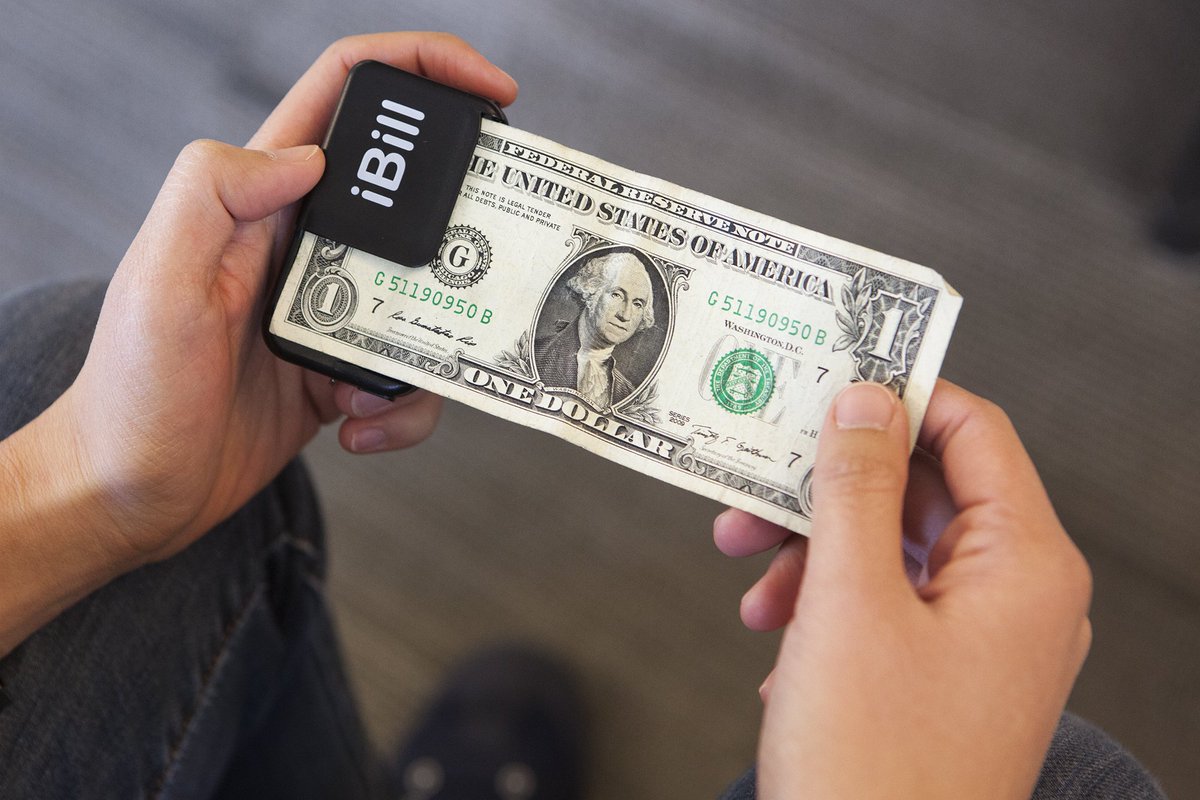How do blind people figure what kind of dollar they're being handling? After all, aren't $1 and a $20 bills all the same size? You may be surprised to know that every major currency issuer in the developed world has found a way to solve this problem—except the US. (1/5)
In the United Kingdom, like in many countries, bills vary in length, with higher bills naturally being longer. It's probably slightly too subtle for most people to notice, but it's immediately obvious to a blind person who knows what to look for. (2/5)
Many other currencies, like the Euro, combine length variation with intaglio printing—essentially, raised numbers that you can easily feel. Again, too subtle for most people, but a lifeline for the blind. (3/5)
Similarly, the Canadian incorporates tactile marks that signal the bill's value. Slightly more opaque than intaglio printing, but likely a familiar mechanism for folks used to reading brail. (4/5)
In the US, we've solved this problem by...well, we haven't really. The Bureau of Engraving simply mails the blind a little AAA battery-powered "iBill" device that they must used to scan bills. Despite decades of promises, we still don't have an accessible currency. (5/5)
@mnolangray Photo of the new-er Canadian bills — the paper ones are pretty much out of circulation as of many years ago!
@mnolangray Picture of the Canadian bills I have. Sorry, I don't have a 10$. Basically, it's the 6 dots once for 5$, twice for 10$, and 3x for 20$. The bills are also waterproof and will survive a trip in the laundry.









